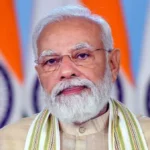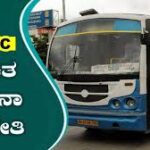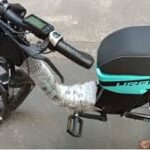Table of Contents
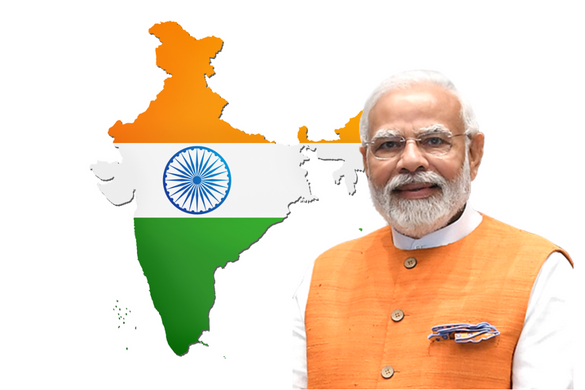
1. Farmers & Rural Income Support
- Pradhan Mantri Kisan Samman Nidhi (PM‑KISAN)
Small and marginal farmers receive ₹6,000 annually via three installments (₹2,000 each), directly credited to their bank accounts. The 20th installment was released in June 2025; timely Aadhaar-bank linkage and e-KYC remain essential for eligibility - Annadata Sukhibhava (Andhra Pradesh)
A new scheme ensuring pre-verified farmers receive timely support. It has already flagged over 1.2 lakh cases with inactive or unlinked accounts—and local officers are helping resolve these prior to disbursement .
2. Social Pension & Family Support Programs
- Mukhyamantri Sukh‑Aashray Yojana (HP)
After the June floods, children like Neetika—who lost their families—are designated “Children of the State” and will receive ₹4,000 per month until age 27. Other affected youth receive ₹1,000 to ₹2,000 monthly for education - Maiya Samman Yojana (Jharkhand)
Beneficiaries have protested due to non-payment of the ₹2,500 stipend for months. Many delays stem from unverified documents or Aadhaar-linked account issues, which officials aim to resolve within 10 days - Kerala Welfare Pensions
In July 2025, the state disbursed ₹831 crore in pensions—₹1,600 per person—for around 62 lakh beneficiaries, with central contributions for 8.46 lakh individuals - Delhi Disability & Senior Citizen Benefits
Under a welfare rollout, disabled persons receive ₹2,500/month, and senior citizens ₹2,000–2,500€/month. A one‑time ₹20,000 is also available under the Delhi Family Benefit Scheme.
3. Farmers’ Infrastructure & Development
- Krishi Samruddhi Yojana (Maharashtra)
Launched in 2025 with ₹5,000 crore/year funding for five years, this scheme fosters sustainable farming—supporting micro‑irrigation, climate‑resilient seeds, soil health, digital farming, and priority access for women, SC/ST farmers, and FPOs
4. Pension & Financial Inclusion
- Atal Pension Yojana (APY)
Enables unorganized sector workers to receive pension between ₹1,000–₹5,000/month post-retirement. The government contributes top-up if returns fall short - Unified Pension Scheme (UPS)
From April 2025, central employees retiring after ≥25 years of service receive a fixed pension of 50% of average basic pay—with survivors getting 60% of this amount. They may choose between UPS or market-linked NPS by mid‑2025
5. Support for Women & Entrepreneurs
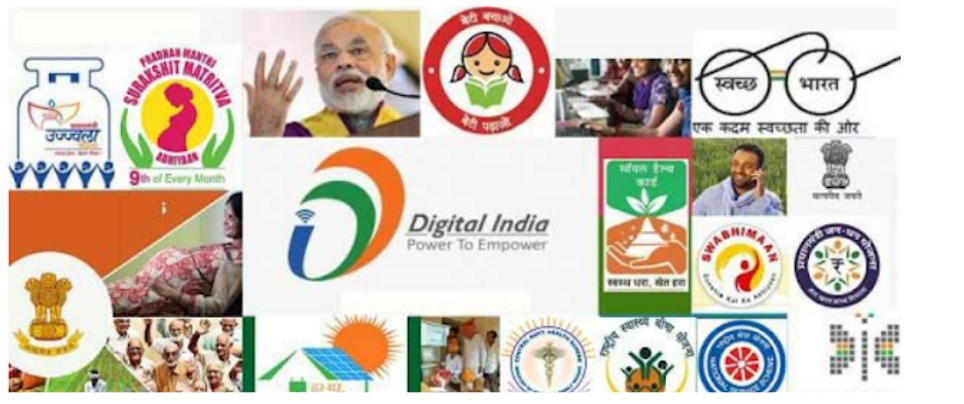
- Pradhan Mantri Jan Dhan Yojana (PMJDY)
Ensures financial inclusion through zero-balance bank accounts, RuPay debit cards, ₹2 lakh accident insurance, and overdraft facilities. This scheme laid the groundwork for nearly all direct benefit transfers - Mudra Yojana & Stand‑Up India
Mudra provides collateral‑free loans up to ₹10 lakh in tiers (Shishu, Kishore, Tarun, Tarun Plus). Stand‑Up India offers loans ₹10 lakh–₹1 crore to women and SC/ST entrepreneurs, funding up to 85% of project costs - Mahila Samman Savings Certificate (MSSC)
Launched in 2023 as a fixed‑term savings instrument for women. Investments were accepted until March 2025. It offered competitive returns—even though direct payouts are no longer available post‑2025
6. Health & Nutrition
- Ayushman Bharat – PM‑JAY
Covers hospitalization costs up to ₹5 lakh/year per family across ~55 crore beneficiaries. Additional ₹5 lakh cover is available for individuals aged 70+ under separate criteria - Pradhan Mantri Matru Vandana Yojana (PMMVY)
Pregnant and lactating women receive ₹5,000 to support nutrition and maternity expenses .
7. Infrastructure & Rural Livelihood
- MGNREGA
Guarantees 100 days of wage‑earning work per rural household annually, funding rural assets such as roads and water structures. Women constitute nearly 58% of participation - Jal Jeevan Mission
Provides 55 litres per person per day of clean piped water to every rural household. Total budget about ₹3.6 lakh crore via Centre‑State cost-sharing - Pradhan Mantri Awas Yojana (PMAY‑U & G)
Urban and rural versions subsidize housing loans or construction—targeting EWS, LIG, and MIG households via milestone‑linked disbursements - PLI (Production Linked Incentive) Schemes
Incentivize manufacturing across 14 sectors—₹21,534 crore disbursed as of June 24, 2025—with investment of ₹1.76 lakh crore and over 12 lakh jobs created
✍️ Why These Schemes Matter
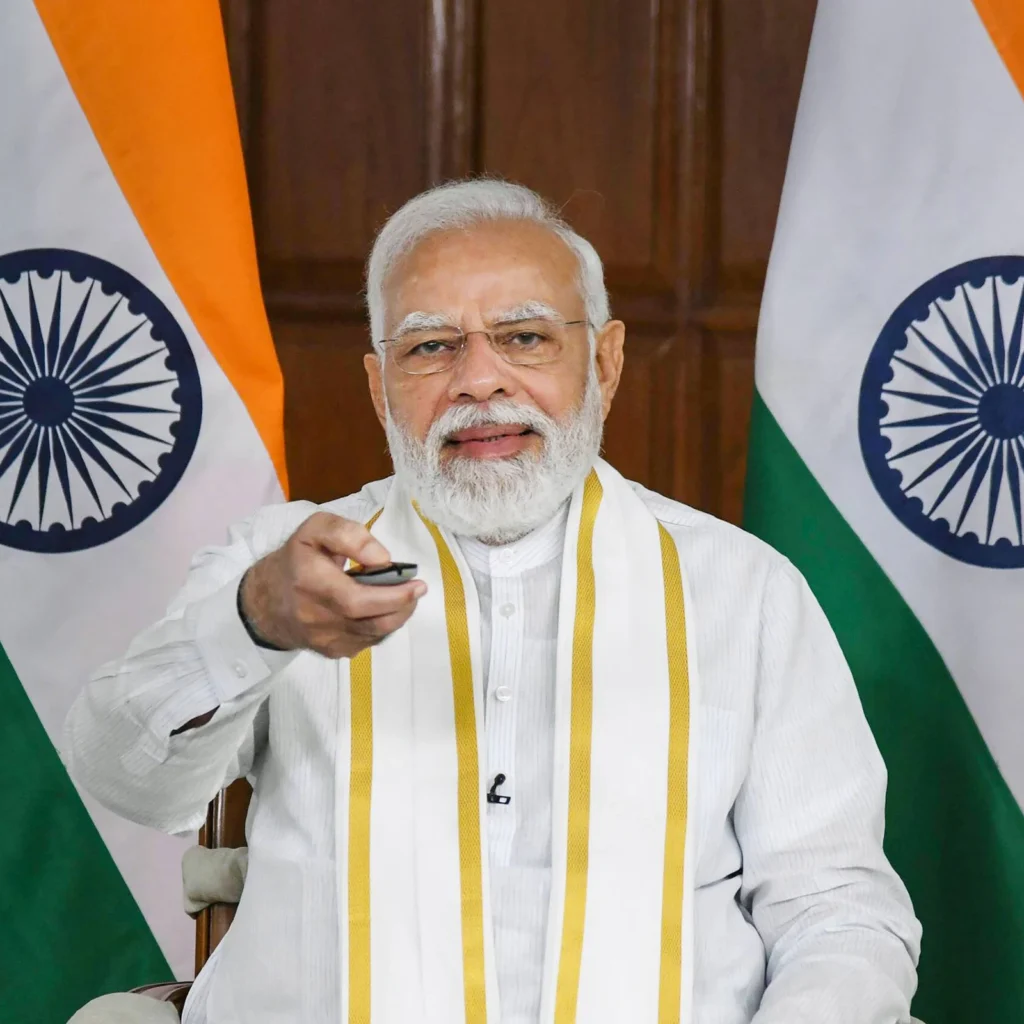
- Direct Benefit Transfers (DBT) ensure funds go straight to beneficiaries without leakage.
- Wide coverage—targeting farmers, women, seniors, marginalized groups and micro‑entrepreneurs.
- Inclusive delivery—leveraging Aadhaar-linked accounts, digital ID cards, and e‑KYC verification.
- Real impact—examples like Neetika’s state‑compensated education stipend show welfare in action.
- Transparent governance—active scrutiny and grievance redress ensure better outcomes
✅ Tips for Beneficiaries
- Ensure your bank account is linked with Aadhaar and e‑KYC is updated.
- For pension or stipend schemes, keep identity and address documents verified.
- For entrepreneur loans like Mudra or Stand‑Up India, register online (e.g. Udyam) and follow application procedures carefully.
- Track status online—web portals for each scheme provide real-time updates.
- Reach out to local Offices/Gram Sabhas or helplines if payments are delayed.
Final Thoughts
These government money schemes represent India’s strategic push toward financial inclusion, social security, and grassroots development through direct cash benefits, infrastructure support, and access to credit and pensions for vulnerable groups. As of mid‑2025, innovations like e‑KYC integration, digital ID cards, and transparent grievance mechanisms are making a tangible difference. While implementation gaps remain, continued oversight and beneficiary awareness are yielding stronger outcomes.



